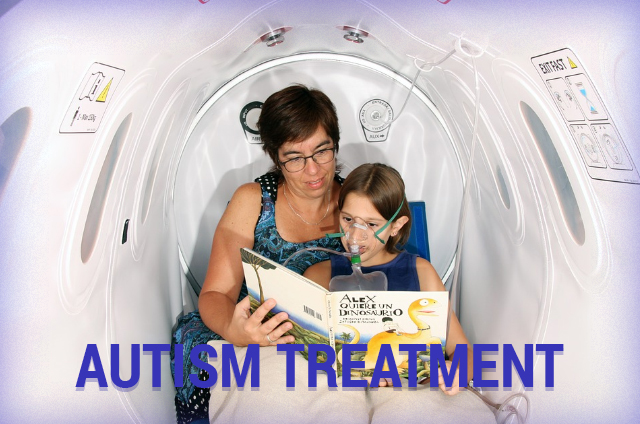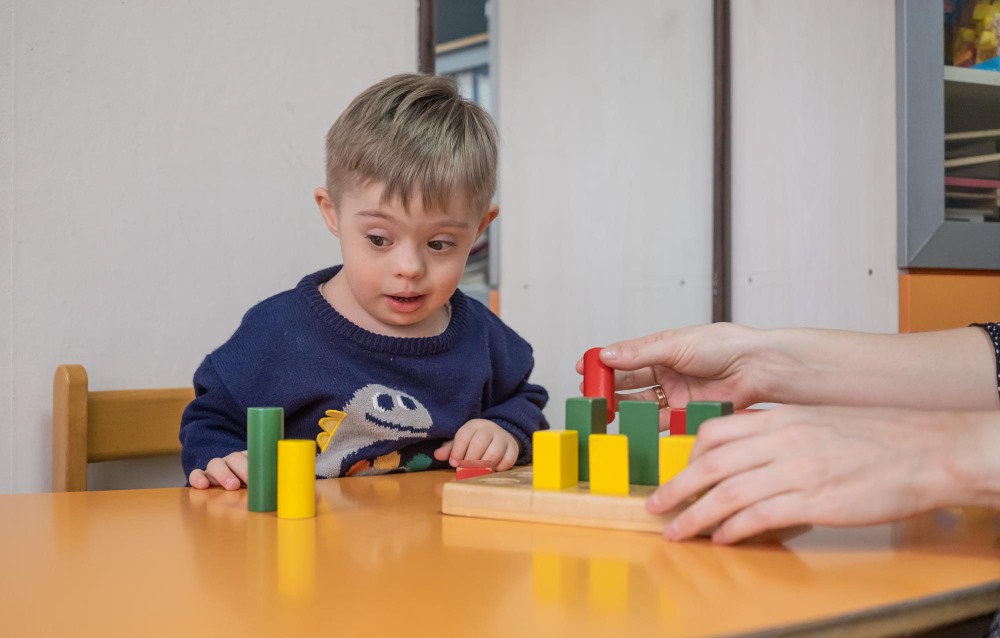Autism Spectrum Disorders (ASDs) should be diagnosed by a medical professional with support from physical, occupational and speech therapists. Ideally, everyone involved with a diagnosis should have significant experience with ASDs, their diagnosis and proper autism treatment.
What does it mean to have an ASD?
The new Diagnostic and Statistical Manual of Mental Disorders, 4th edition (DSM-IV) which defines all known medical disorders for the purposes of diagnosis, describes six characteristics of ASDs in order to treat autism. To qualify for a diagnosis, a person must have a total of six or more items from (1), (2), and (3), with at least two from (1) and one each from (2) and (3):
1. Qualitative impairment in social interaction, manifest by at least two of the following:
- A. Marked impairment in the use of multiple nonverbal behaviors, such as eye-to-eye gaze, facial expression, body postures and gestures, to regulate social interaction
- B. Failure to develop peer relationships appropriate to developmental level
- C. Lack of spontaneous seeking to share enjoyment, interests, or achievements with other people (e.g., by lack of showing, bringing, or pointing out objects of interest)
- D. Lack of social or emotional reciprocity
2. Qualitative impairment in communication, as manifest by at least one of the following:
- A. Delay in, or total lack of, the development of spoken language (not accompanied by an attempt to compensate through alternative modes of communication such as gesture or mime)
- B. In individuals with adequate speech, marked impairment in the ability to initiate or sustain a conversation with others
- C. Stereotyped and repetitive use of language, or idiosyncratic language
- D. Lack of varied, spontaneous make-believe, or social imitative play appropriate to developmental level
3. Restrictive repetitive and stereotypic patterns of behavior, interests, and activities, as manifested by at least one of the following:
- A. Encompassing preoccupation with one or more stereotyped and restricted patterns of interest that is abnormal either in intensity or focus
- B. Apparently inflexible adherence to specific nonfunctional routines or rituals
- C. Stereotyped and repetitive motor mannerisms (e.g., hand or finger flapping or twisting, or complex whole-body movements)
- D. Persistent preoccupation with parts of objects.
Delays or abnormal functioning in at least one of the following areas, with onset prior to age 3 years:
- 1. Social interaction
- 2. Language as used in social communication
- 3. Symbolic or imaginative play
The disturbance is not better accounted for by Retts Disorder or childhood disintegrative disorder.
Sources: National Institute for Mental Health (NIMH) 2004.




ø туôð « Ã˜óрðù ò S.T.A.L.K.E.R….
ø туôð « Ã˜óрðù ò S.T.A.L.K.E.R. …